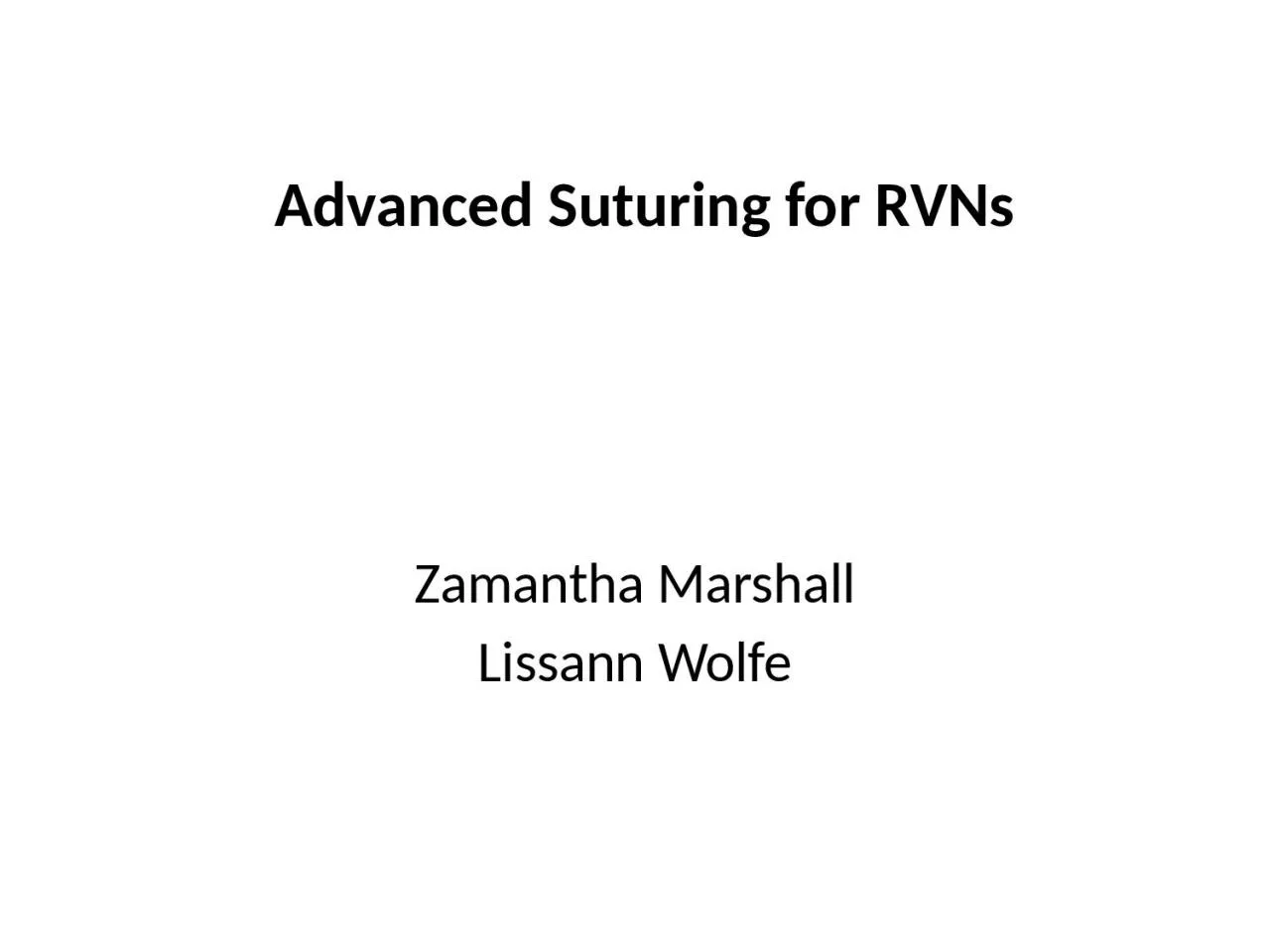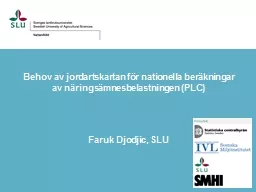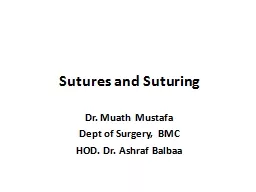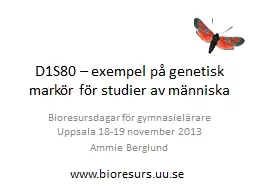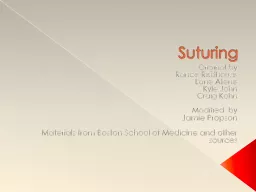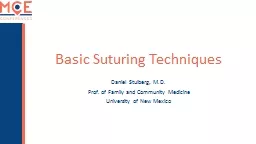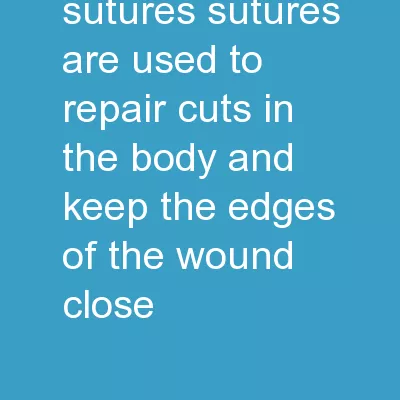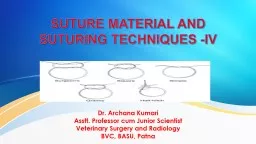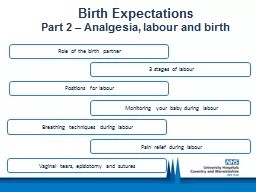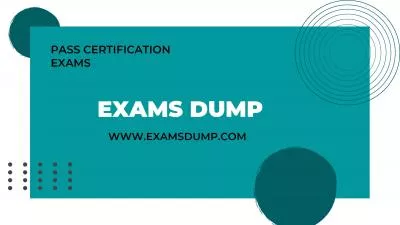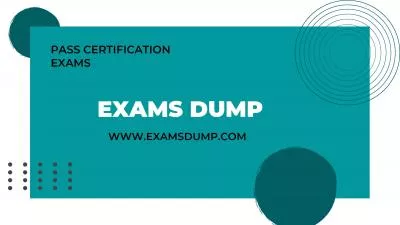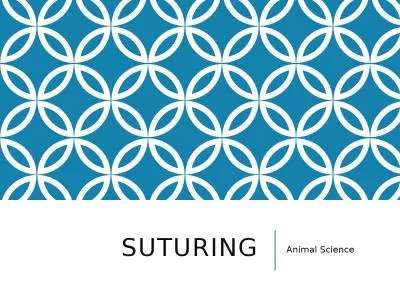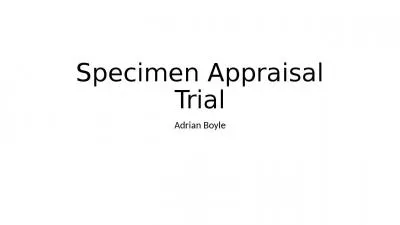PPT-Advanced Suturing for RVNs
Author : SupremeGoddess | Published Date : 2022-08-04
Zamantha Marshall Lissann Wolfe What will be covered Choosing an appropriate suture material How to make a surgical incision How to bury a knot Intradermal suture
Presentation Embed Code
Download Presentation
Download Presentation The PPT/PDF document "Advanced Suturing for RVNs" is the property of its rightful owner. Permission is granted to download and print the materials on this website for personal, non-commercial use only, and to display it on your personal computer provided you do not modify the materials and that you retain all copyright notices contained in the materials. By downloading content from our website, you accept the terms of this agreement.
Advanced Suturing for RVNs: Transcript
Download Rules Of Document
"Advanced Suturing for RVNs"The content belongs to its owner. You may download and print it for personal use, without modification, and keep all copyright notices. By downloading, you agree to these terms.
Related Documents

